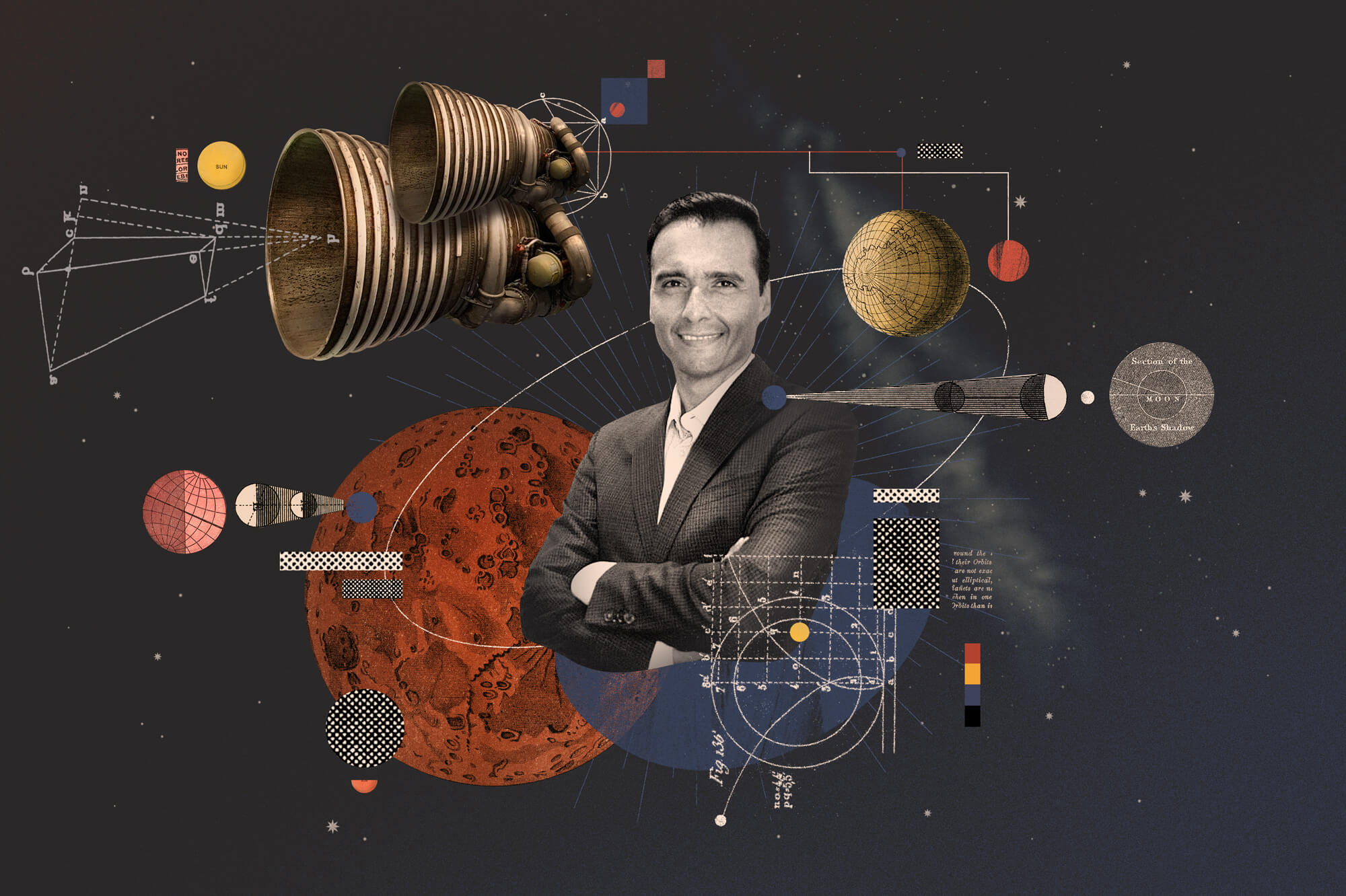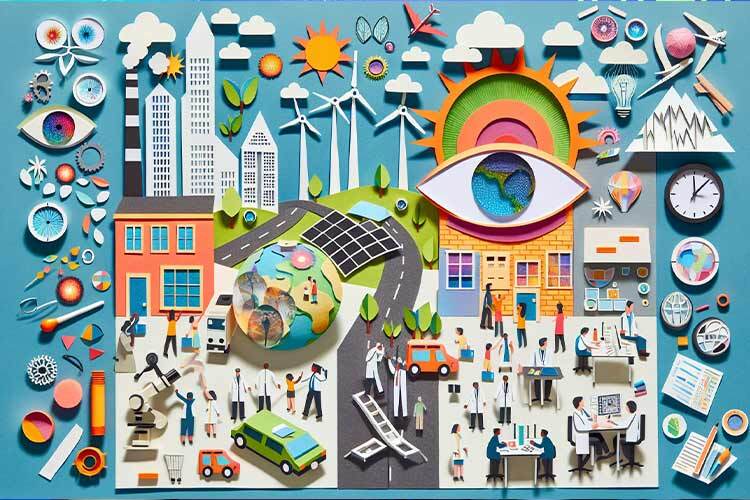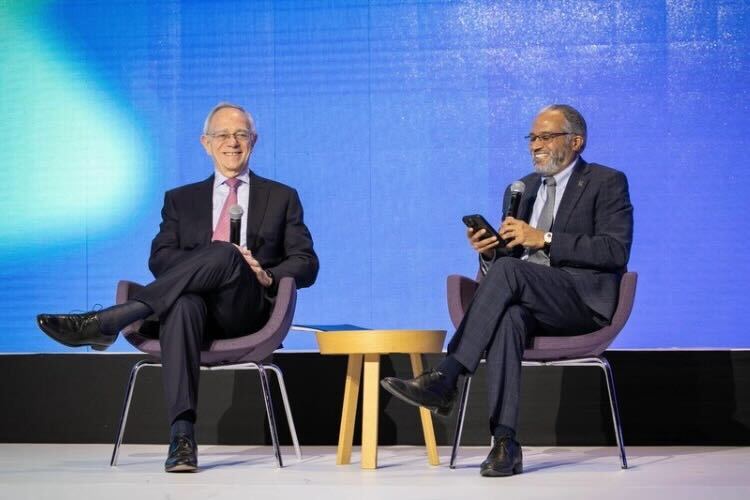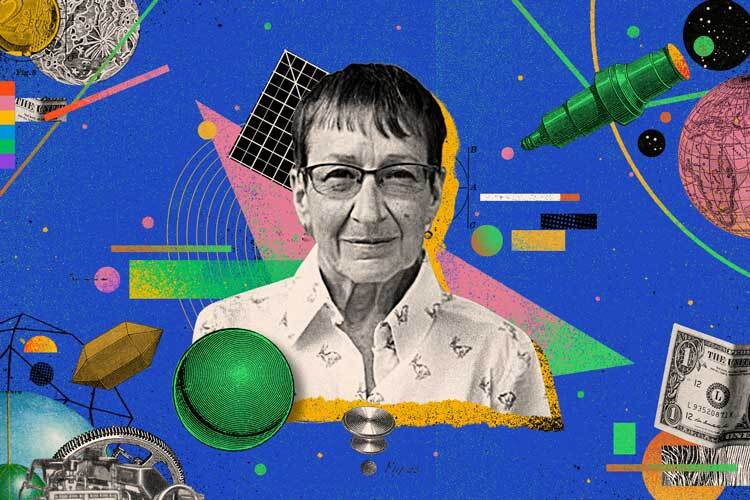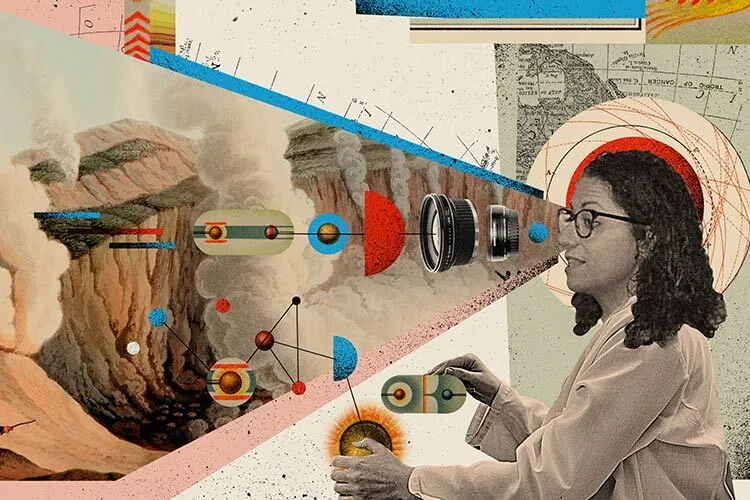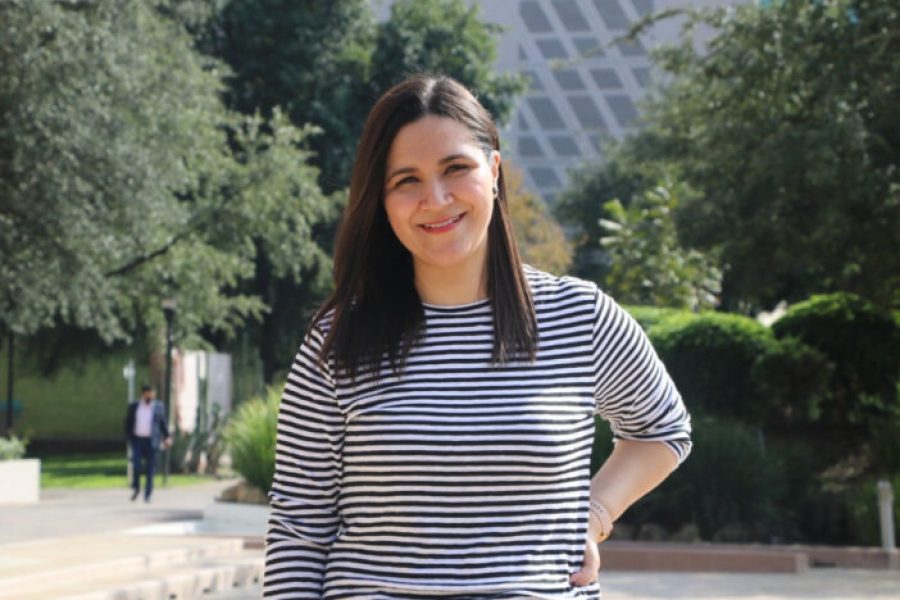Paulo Lozano is a space engineer. He has devoted his life and his studies to propulsion, small satellite development, and space mission design. Paulo is currently a professor of Aeronautics and Astronautics at the Massachusetts Institute of Technology (MIT).
One of the beliefs that have been constant throughout his career is the willingness to be able to “fall in love with a problem”. And dedicate his life to it.
The Tec de Monterrey graduate says to us that this has been a constant in his work. In addition, this has helped him to question his own ideas and analyze his work from different angles.
“It’s an incredibly important process in order to keep you motivated. Although you may not solve the problem, it helps you discover other topics that are equally or more interesting. I fell in love with the problem of thermonuclear fusion, but my contributions aren’t related to that field,” he said in an interview.
This is the story of one of the country’s leading researchers.
Why did you become interested in studying space?
My interest began as a child. I believe that our interests and our passion to do something are born when we’re young. I was passionate about Natural Sciences, Mathematics, and the entire aerospace field: airplanes and spaceships.
I loved watching the Carl Sagan series, “Cosmos”. That had a big impact on me, as well as a family visit to the Luis Enrique Erro Planetarium in Mexico City, which (back then) was one of the few that existed in Latin America.
It was a place where you could see how stars evolve. It had a big impact on me, and I can definitely say that it was my inspiration for wanting to know how the universe worked.
Do you think it had an impact on what you decided to study?
It was very difficult to make a decision about what to study because when I took career guidance tests it turned out that I was good in several areas: I could have been a lawyer or a mathematician.
What I wanted to do, in reality, was study Aeronautical Engineering. I wanted to be a pilot, but I have very high myopia, so I decided not to pursue that plan. However, I wanted to study something related to the design of aircraft or spacecraft, but nothing was available in Mexico. So, I decided to study Physics, because it seemed to be a science that encapsulated lots of human knowledge.
What was your experience at Tec de Monterrey like?
Really good since high school. I studied Industrial Physics Engineering and it seemed to me a very broad degree that gave you a very profound knowledge. I have seen that it has allowed my former classmates to work in very different areas.
It allows you to appreciate the natural world, but also contribute to areas such as business administration or economics. Even quantum mechanics. I have classmates who are now bankers, and others who study gravitation, which is one of the most interesting topics in mathematics and physics.
I think that’s the great thing about education at Tec de Monterrey: it gave us the opportunity to move to the area that we liked the most.
Overcoming obstacles
What were the obstacles you had to overcome in order to study abroad?
I started researching where I could study for a master’s degree. I thought it was going to be very difficult for me to be accepted by the MIT Aerospace Department, which was the place that most caught my attention. So, I decided to apply for a master’s degree in Nuclear Engineering at the same place, and I wasn’t accepted. It was hard to take. I knew that the probabilities were very low but, to make the most of the time available. I completed the admission process to the Center for Research and Advanced Studies to continue studying, and I stayed here.
Then I reapplied to MIT. I applied to the Aeronautics and Astronautics Department. I visited the university with some savings that I had. I carried my paper application under my arm, and this time I was accepted, but not directly into the doctoral program because my master’s degree was in Physics and not in Aerospace Engineering. So, first I had to do another master’s degree there.
What was your MIT master’s research about?
It was a very good topic: creating a dynamic model of the space shuttle engines. Back then, it was the only reusable engine available. There was a lot of interest in finding ways to facilitate inspections of the engines using information from flight data.
The model simulated engine operation, and my thesis became a benchmark for creating new types of engines.
Fortunately, my advisor later found the funds for me to stay at MIT. As a Research Scientist, I continued to do research on the possible application of this model to micro propulsion systems.
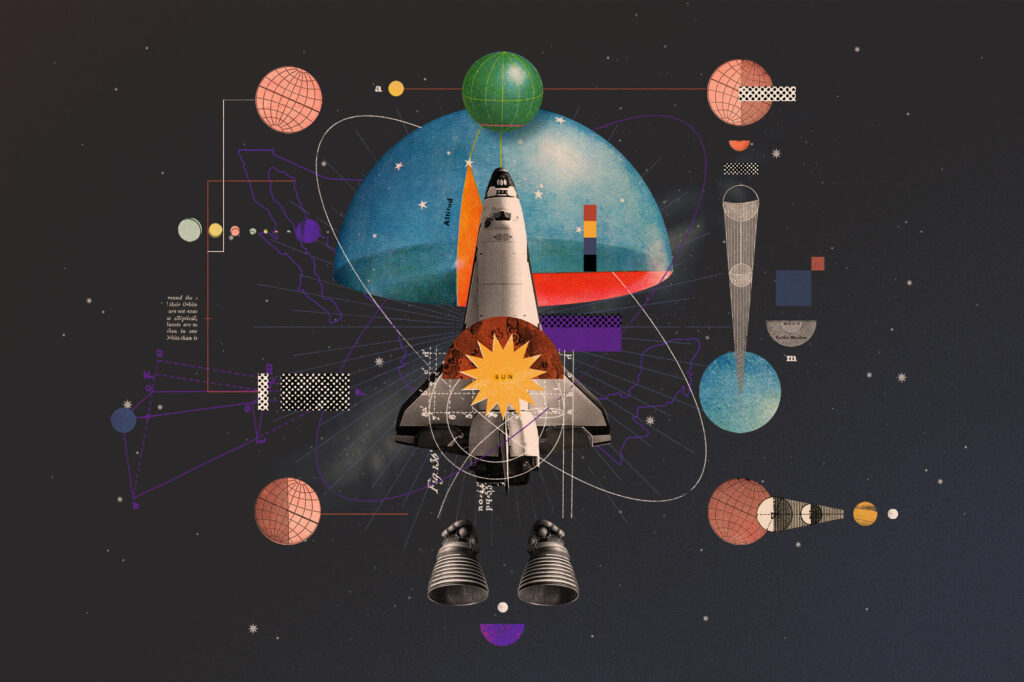
Against all odds
What is the process for getting employed at MIT?
In early 2006, the head of the department’s recruitment unit wrote an email to me, asking if I was interested in a position. They interviewed me and then offered me a position as Assistant Professor in the department. I was very excited.
To become a professor, you must promise that (in the future) you will be one of the best people in your subject, on a global level, and they hold you to that.
When you get a professorship, it is a job for life, and it gives you the freedom to do whatever you want. To get one, what they do is ask experts all over the world their opinions about your work, but you don’t know who they’re going to write to and if a negative letter comes back, it can hold you back.
Were you very persistent?
I think so, and it’s something that I share with my students. Being persistent is very important, and I think it’s one of the things that got me the offer. I insisted that my research would have a major impact. And it did. They are now using the technology at NASA and in the Air Force.
You have to dedicate yourself to your topic through thick and thin, to be able to convince people to support you. I had to go to different agencies to ask them to invest in my research: to convince the scientific community and MIT that it was worth it.
High-quality science
What challenges do you see in promoting aerospace research in Mexico?
I think that the challenges in the country for this specific area are the same that we face in any other scientific and technological area. One barrier is, unfortunately, political: it is very difficult to do scientific research when there is no financial support available.
We need to do more detailed studies and develop more specialized techniques. We need people with profound knowledge, and that requires investment, time, and commitment.
In Mexico (and in other developing countries) these processes have not been followed as they should have been. There are UN recommendations about how much GDP should be spent on technological and scientific research. Across the country, it is much less than 1%.
I feel very sorry for my colleagues in Mexico, who have to navigate these obstacles to be able to do high-quality science because the talent is there. I have seen it at the Tec, at Cinvestav, and at the UNAM. But primary support must come from public policy and, afterward, from private industry. However, if there are no economic incentives it will be very difficult.
What could help researchers?
There’s a lot of talent, but our task as Mexican researchers is to see what’s coming up ahead.
Not just to follow research that is done externally and wait until someone discovers something and then involve yourself in that project too. I believe that innovative ideas must be proposed before someone else in the world finds them and does them.
